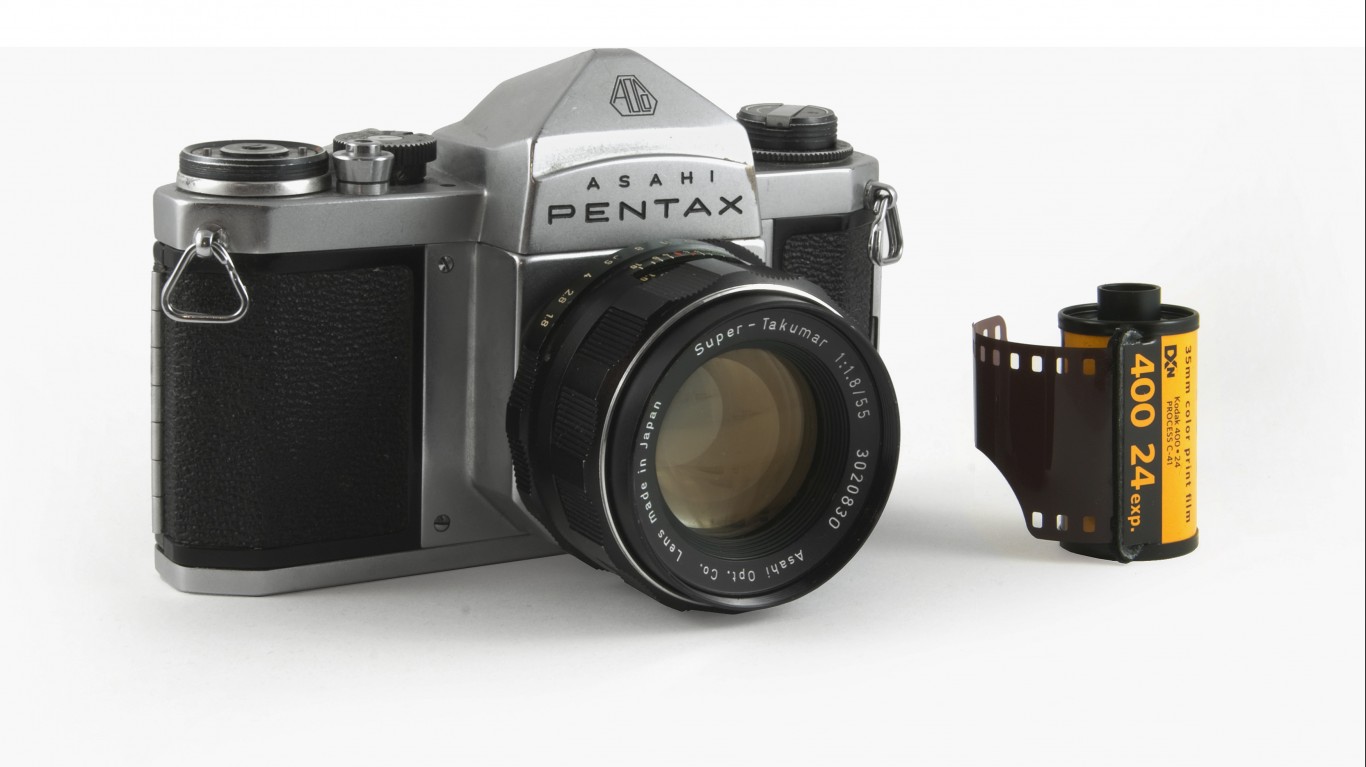
Technology advances rapidly, and consumers quickly move on to the latest products. New devices come out daily, some even invented by kids.
Phones become obsolete after just a couple years, and older models often can’t support new accessories and features.
This fast pace of change is relatively new. In the past, gadgets stuck around for decades. Now smartphones combine functions that once required separate devices – the Walkman, camcorder, DVD player, and more. These formerly innovative, must-have electronics are now effectively antiquated after just a few years, left to collect dust while consumers move on to the next big thing.
24/7 Tempo compiled a list of personal and portable devices that were popular two decades ago but hardly anyone uses anymore.
Click here to read about gadgets from the 90s no one uses anymore

1. Pager
Before cell phones went mainstream, people used pagers, also called “beepers,” when they needed to reach someone right away. If you have ever watched a medical drama, you’ve seen a doctor being paged, checking the mini radio frequency device, and suddenly running away. A call or an email is forwarded to the pager; a message comes in with a number to call. Although hardly used anymore, pagers remain one of the most reliable forms of communication available, and are still widely used by doctors. There is no delay in delivery, the network doesn’t get overloaded, and there are no dead zones.
[in-text-ad]

2. Walkman
Remember when rewinding and fast forwarding took longer than an instant? Walkman players were the thing in portable music, selling 400 millions devices, way before the iPod . (Kids these days can’t handle them at all; they find them hard to operate.) Cassette tapes, though certainly not as popular as during their heyday in the last century, are not dead. For nostalgic or artistic reasons, some people prefer them over downloads.
3. MP3 Player
MP3 means MPEG Audio Layer III. It simply is an audio compression device that makes a music file small enough to fit in the device without sacrificing sound quality. It took a few years for the device to take off. Invented in the early 1990s, it became very popular around 1997. It was smaller than a Walkman, and lighter, too. The music device and format is now obsolete, replaced by the cell phone. Even the MP3’s creators declared it dead in 2017.

4. Personal Digital Assistant
Before there were apps to remind you of tasks and to manage your days — as well as apps to organize all other apps you have downloaded on your phone — there were PDAs. These handheld PCs or Palms, as PDAs were also known, had it all — WiFi, pen-based keyboards, GPS antennas, even voice recognition. They could even send a fax.
[in-text-ad-2]
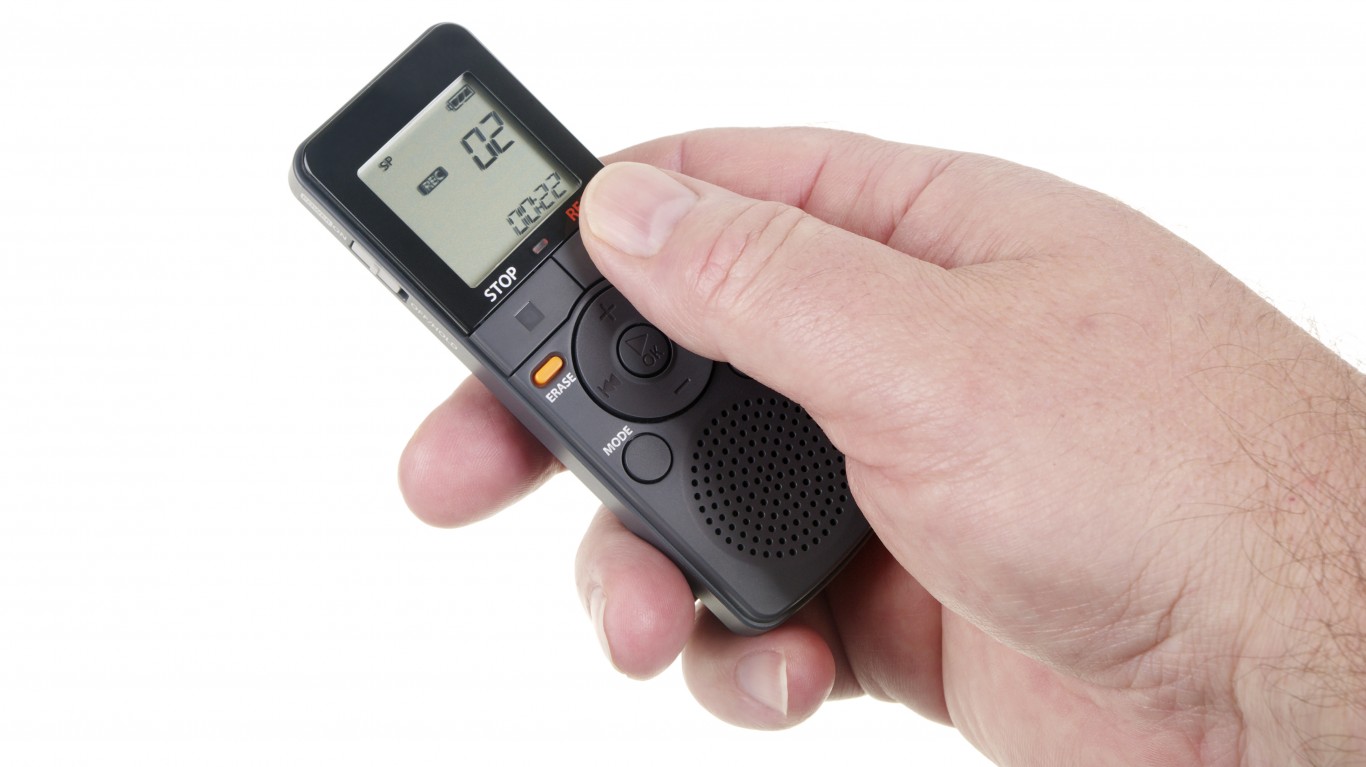
5. Digital Recorder
Digital recorders became very popular in late 1990s. They were one of the first products of the digital computer age. They were small, compact, light, fast, and had lots of memory. Some could even record for as long as 10 hours. They were better than cassettes because the sound quality was higher, and the audio could be reproduced without losing quality. Also, when audio is stored in a digital format, it can be enhanced, background noise can be removed, and tone is easier to control . All you needed was a USB plug to transfer the files to a computer.

6. Pay Phone
You can still find public phone booths on some streets, but it’ll take some time. Most telecommunications companies have left the pay phone business because of the abundance and convenience of cell phones. (AT&T officially left it in 2007, and Verizon in 2011.) When would you really need to use a pay phone? Maybe if your battery has died and you are late for a very important meeting?
[in-text-ad]
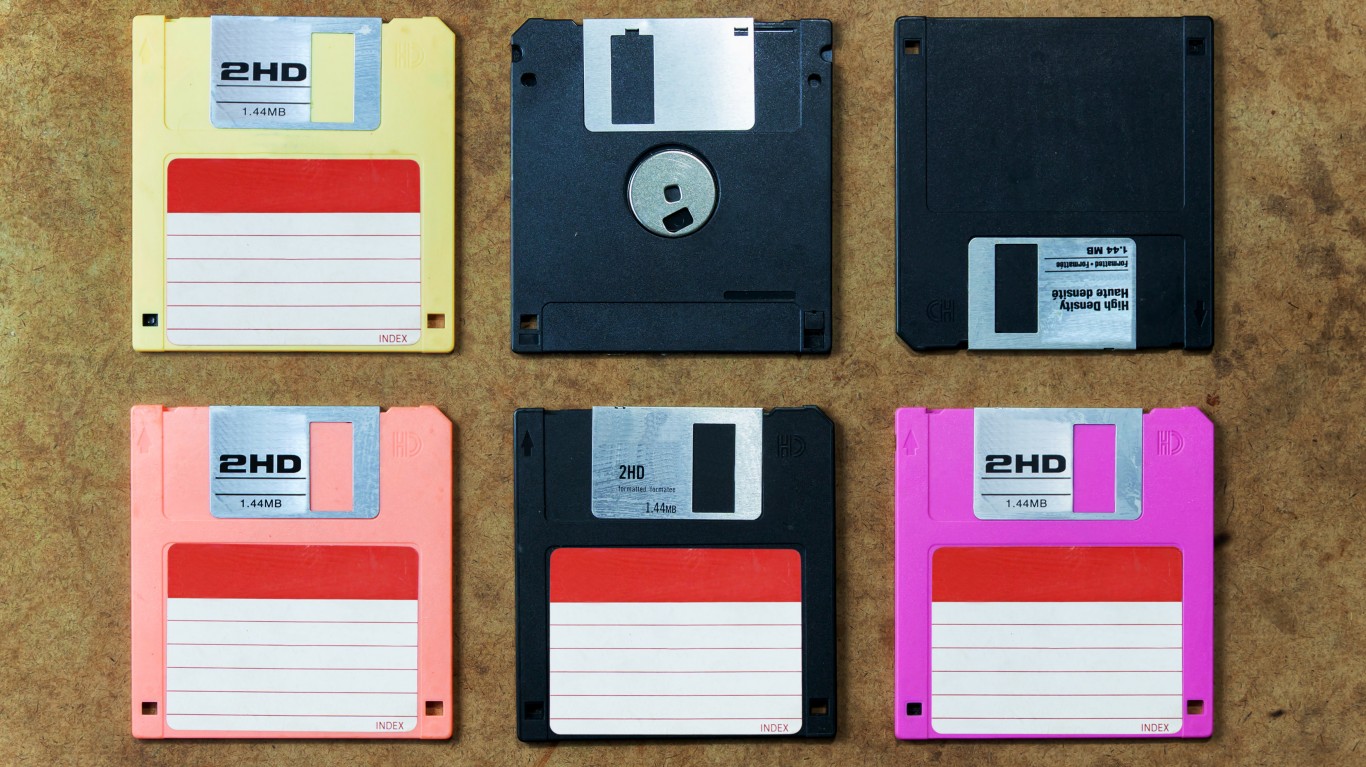
7. Floppy Disk
Way before the Cloud, thumb drives, and other portable memory devices, there was the floppy disk drive. Now basically an antique, it was popular in the 1980s and 1990s. As is the case with most personal computing devices, the memory has increased with time. In 1991, for example, some could hold up to 2.8 MB, which is about one or two photo attachments. The official end of the floppy disk came in 2007 when PC World stopped selling it. Just a decade earlier, over 2 billion copies were in use used.

8. GPS Unit
You may still have one in the back of your truck, just in case, but you probably haven’t used it in years. GPS, which stands for Global Positioning System, is a satellite-based navigation system owned by the U.S. Government and operated by the U.S. Air Force. Portable GPS devices became mainstream in the United States in the mid-2000. Before then, personal navigation was more popular in Europe and Asia. Americans preferred maps or printed directions from point A to point B. Smartphone have taken over that function as well.

9. Alarm Clock
The alarm clock is another convenient gadget that went from being widely used to obsolete. It has been replaced by the smartphone, even though that may not be the best idea, healthwise. While strong and consistent evidence linking cell phones to cancer is lacking, cell phones do emit radiofrequency radiation, which parts of the body can absorb. (Some alarm clocks emit less radiation than others, as well as cell phones.)
[in-text-ad-2]

10. Digital Point-and-Shoot Camera
Professional and even amateur photographers still use high-performance digital cameras. But everyone else uses their cell phone. Why spend a lot of money buying a digital point-and-shoot camera when the phone in your pocket will do a good enough job? Some smartphone cameras nowadays can even shoot 4K videos. You can buy inexpensive point-and-shoot digital cameras, but it seems unnecessary because the quality will not be as good.

11. DVD Player
Invented in the mid 1900s, DVD players actually outsold video recorders for the first time in 2002. Almost 20 years later, it’s all about online streaming. Some people still have a DVD or Blu-ray player because they bought it a long time ago. Why throw it out if it’s still working? But it likely won’t be repaired or upgraded.
[in-text-ad]
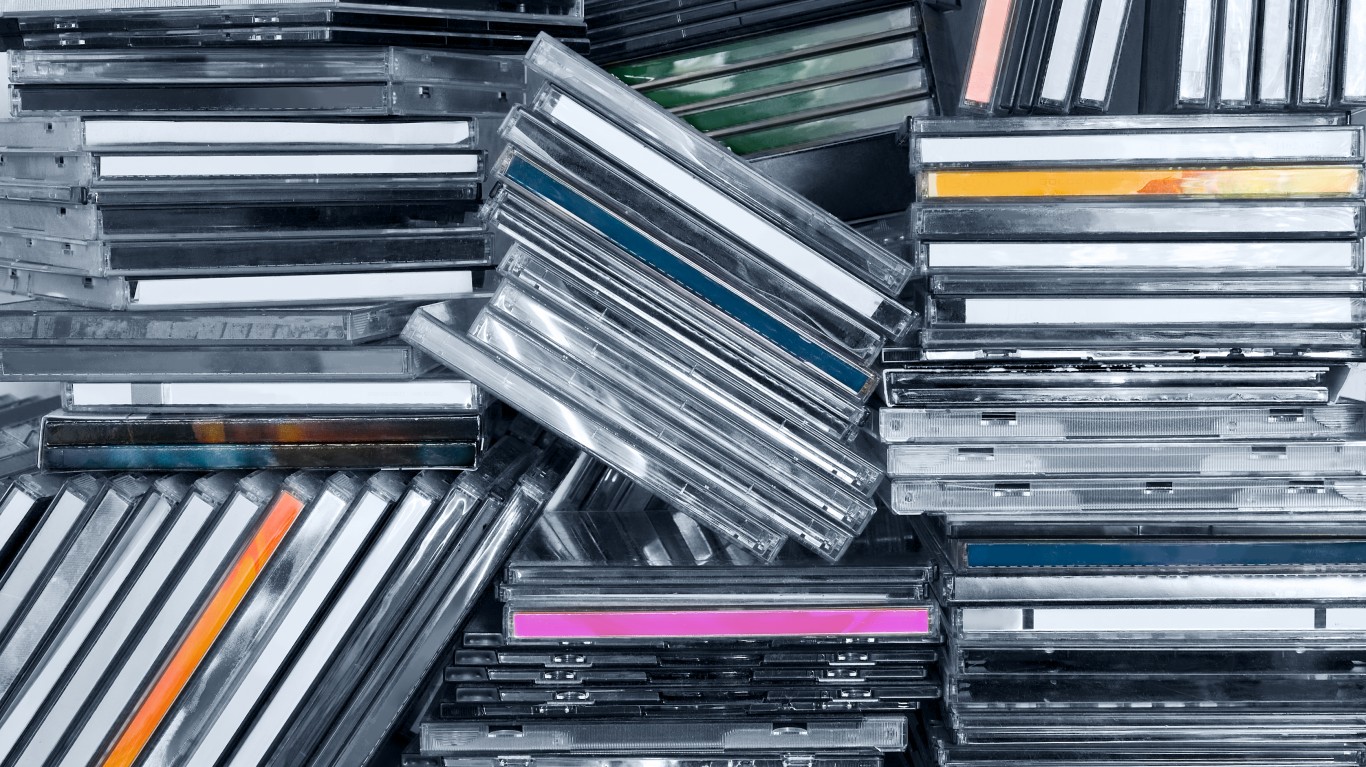
12. CDs
CD album sales in the United States peaked between 1997 and 2001. As music streaming services slowly took over, CD sales declined, and have been on a steady downward trend since 2004. You can still find CDs in some music and tech stores, but they are no longer the norm. Even giants such as BestBuy started pulling them from their stores.

13. Discman Player
Portable CD players were first invented in 1984 by Sony, and really took off in the mid-1990s. The Discman was even renamed the CD Walkman. By 1998, Sony had sold about 50 million of the devices. If you liked to listen to music on the go you had one of them. Compared to what’s available today, some may think Discman players were too limited because you had to know what music you wanted to listen to and carry that CD. What if suddenly you felt like listening to something else?

14. Flip Phone
The first flip phone, Motorola’s StarTAC, came out in 1996. This kind of cell phone became a hit with consumers until the smartphone came along, and offered a lot more features. But there seems to be a revival of the old trend. People tired of being swamped with all kinds of information all the time are going old school and getting flip phones again.
[in-text-ad-2]

15. Nintendo’s Game Boy
Who can forget Super Mario. Tetris, the Pokemon series, and other popular games? The Game Boy allowed users to switch between games. How great was that? Even though it wasn’t the original device to allow people to change cartridges, it was the most popular one. Game Boy and its update, Game Boy Color, sold more than 118 million units until they were discontinued in the 2000s.

16. Answering Machines
Nowadays you can just leave a voicemail, which, in many cases, is automatically transcribed. You can even send a text by voice. Before cell phones and texting became available, people had little tape recorders that played back messages from people who had tried to reach them. It was convenient, even if it took hours before a person actually heard his or her messages.
[in-text-ad]

17. VCR
Video cassette recorders became almost obsolete after the emergence of DVD players. The rise of online streaming services killed what was left of them. The world’s last VCR was made in July 2016. At their peak in the 1990s, VCRs were selling 15 million units per year.
18. Film Cameras
Back in the day, it was hours, if not days, between taking a picture and actually seeing it. Before digital cameras made everything so much faster, people used film cameras, which were automatic or manual. You had to change the film every 36 pictures or so. So basically, you could not afford to keep snapping the same image a gazillion times. And, perhaps worst of all, to see your vacation pictures you had to wait until you went home and had them developed. And if any images were blurred…
Get Ready To Retire (Sponsored)
Start by taking a quick retirement quiz from SmartAsset that will match you with up to 3 financial advisors that serve your area and beyond in 5 minutes, or less.
Each advisor has been vetted by SmartAsset and is held to a fiduciary standard to act in your best interests.
Here’s how it works:
1. Answer SmartAsset advisor match quiz
2. Review your pre-screened matches at your leisure. Check out the advisors’ profiles.
3. Speak with advisors at no cost to you. Have an introductory call on the phone or introduction in person and choose whom to work with in the future
Thank you for reading! Have some feedback for us?
Contact the 24/7 Wall St. editorial team.

 24/7 Wall St.
24/7 Wall St.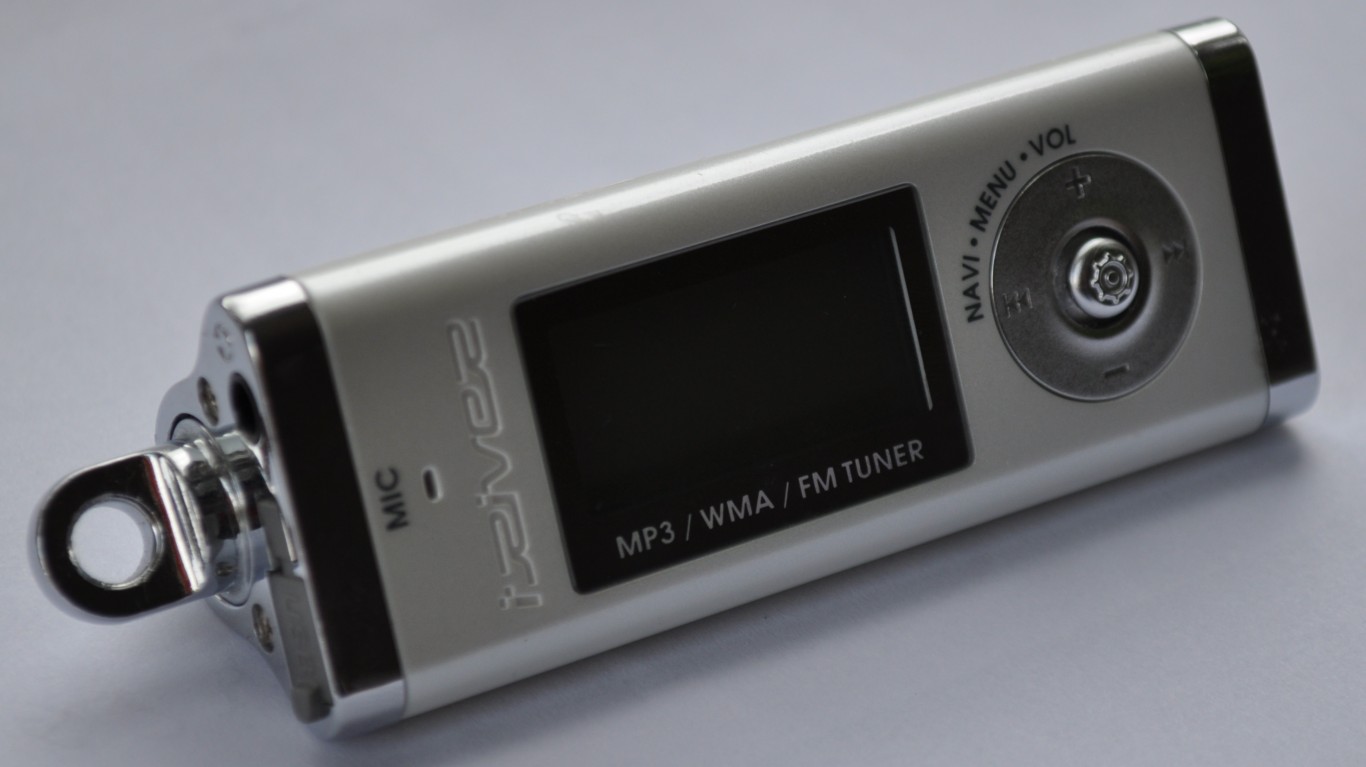
 24/7 Wall St.
24/7 Wall St.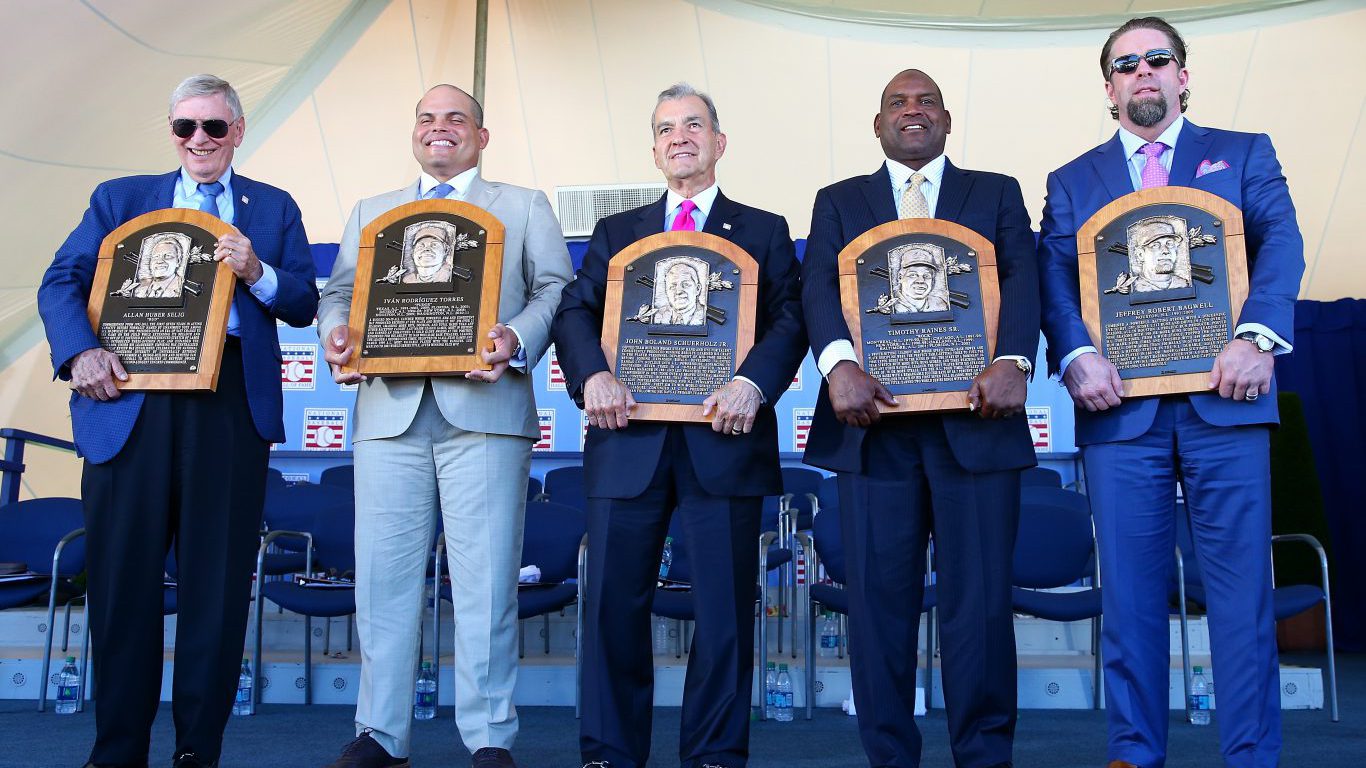 24/7 Wall St.
24/7 Wall St.